Was there really a pirate "black mark"
Categories: History
By Pictolic https://pictolic.com/article/was-there-really-a-pirate-black-mark.htmlSince childhood, we have been sure that real pirates are afraid of only one thing – the "black mark". The sign of robber impeachment, ominous and always foreshadowing death, is in many books and films. But did the "gentlemen of fortune" actually have such a sign?
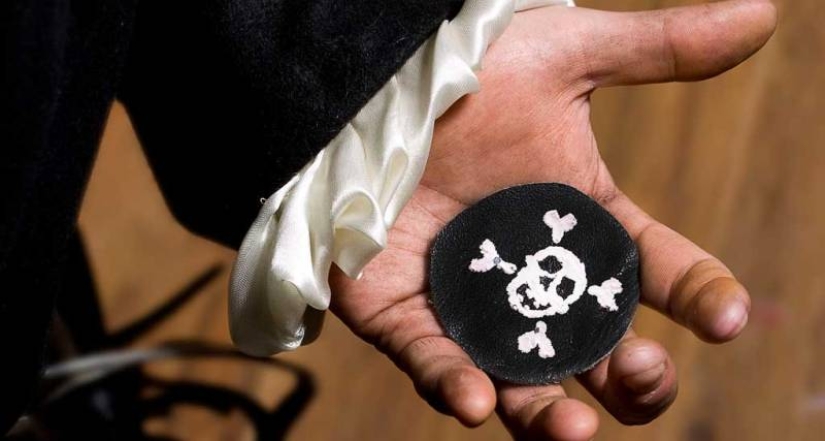
The "black Mark" is so firmly established in cinema and literature that few people have doubts about its real existence. But in fact, no historian or researcher of pirate traditions could find information about this custom in old sources. We can confidently say that the gloomy pirate sign is the author's find of the writer Robert Stevenson.
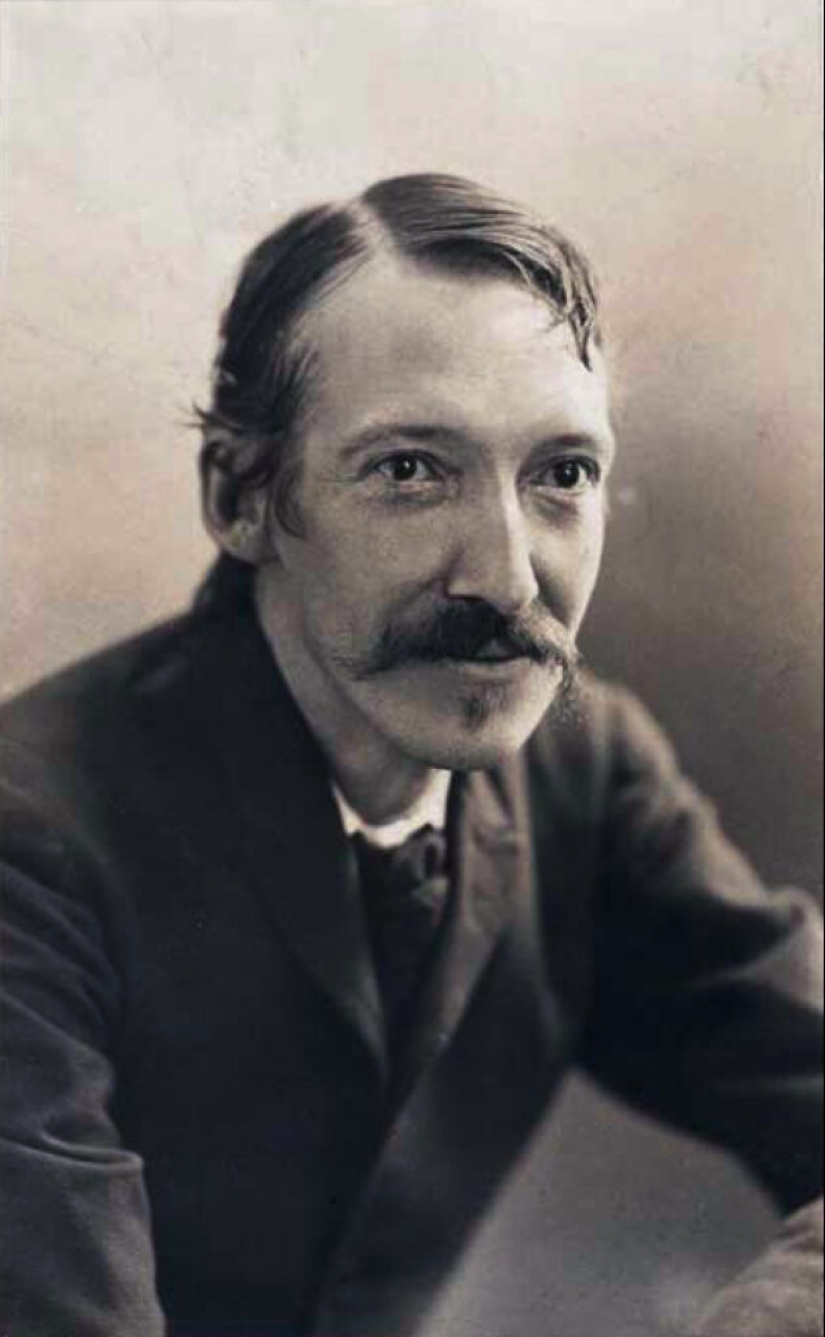
The first edition of the adventure novel "Treasure Island" by the Scottish writer Robert Louis Stevenson was published in 1883. Before that, in 1881-1882, individual chapters of the novel were published on the pages of the children's magazine "Young Folks". The book quickly became popular among children and teenagers. The images created by the talented author have firmly captured young minds.
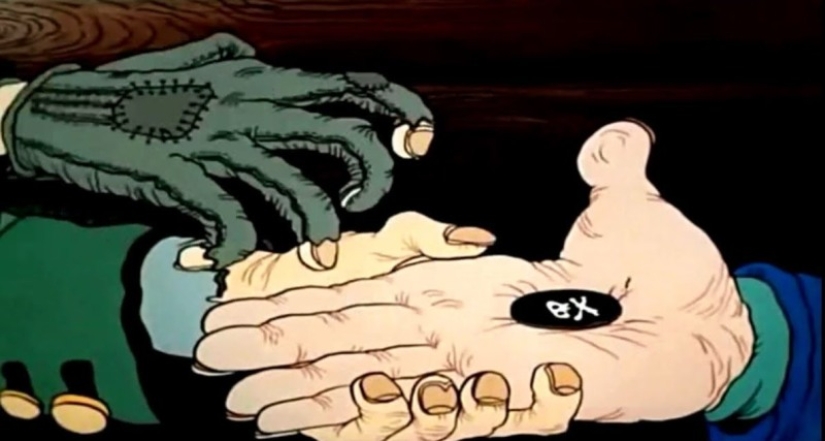
Especially impressive was the custom of pirates to issue a "black mark" to guilty associates. In Stevenson's case, it was a circle cut out of paper, one side of which was stained with soot. The mark was placed with the black side on the palm, which caused the soot to leave an ominous imprint on the skin.
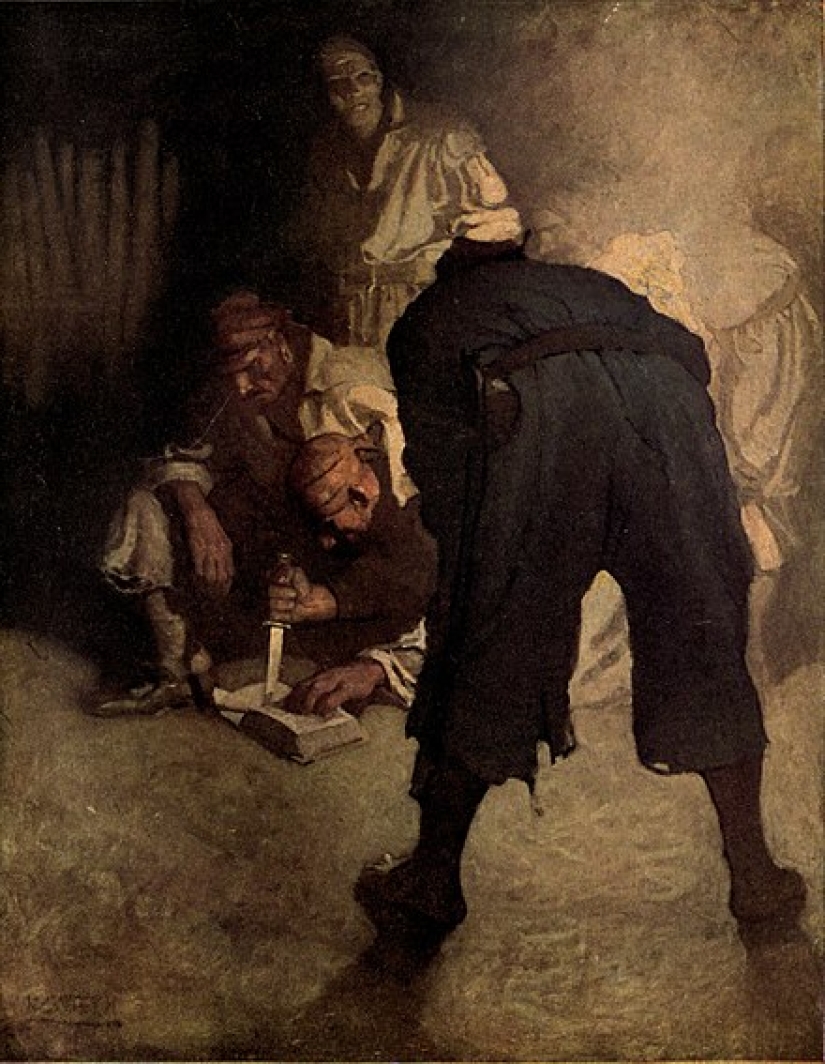
Apparently, the sea robbers were not too scrupulous in choosing the material for the label. Here is how the author describes her presentation to the one - legged pirate John Silver:
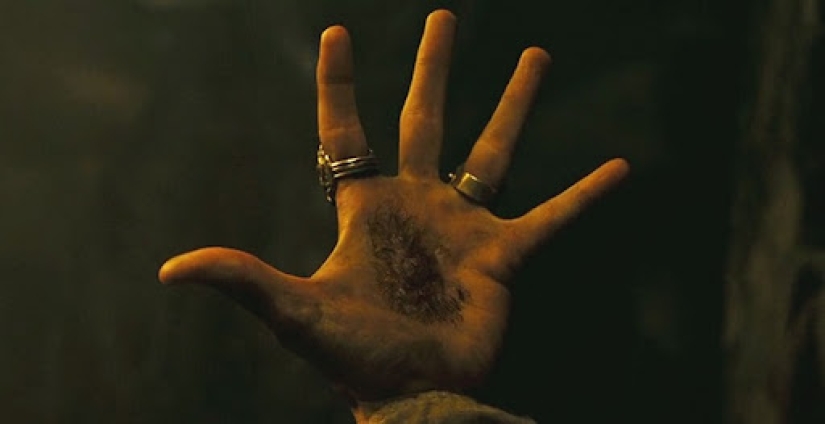
Agree, a memorable and ominous moment. Especially when you consider what the Bible meant to God-fearing Englishmen in the 19th century. Now such details do not impress the audience too much. Therefore, the "black mark" is more often shown as a kind of magical brand remaining on the condemned person's hand.
But the author's version of the label also has opponents. There is an opinion that Robert Stevenson, who traveled a lot, including the seas, knew well what he was writing about. It is assumed that the writer learned about the ancient pirate custom when collecting material for the book. Moreover, someone is even sure that the ace of spades used to act as a label. The card was simply shown to the robber who committed the offense. This meant a death sentence or exile, according to the circumstances.
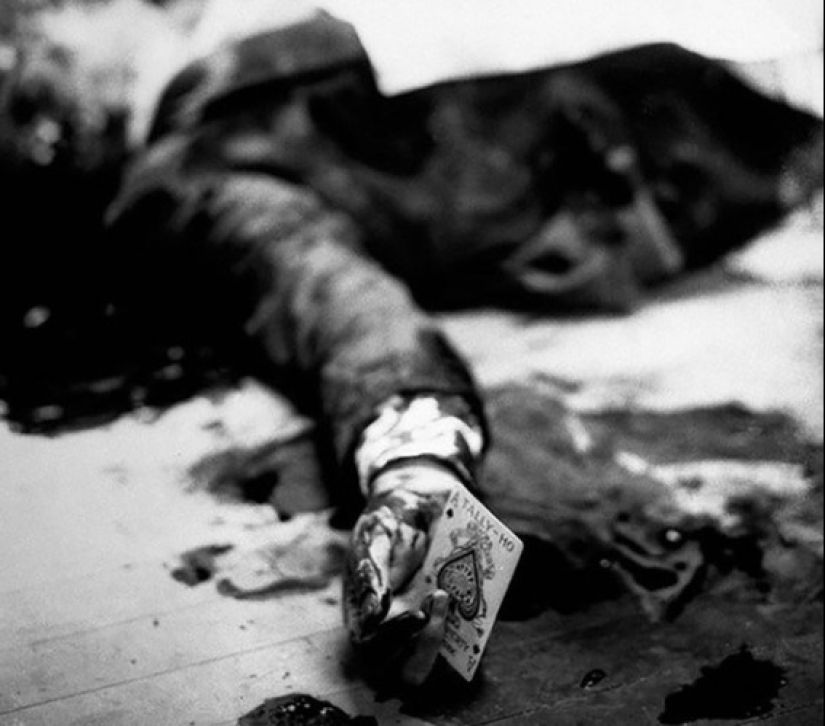
Although this version sounds plausible, experts in criminal symbols smash it to smithereens. It is well known that the ace of spades became an ominous symbol only at the beginning of the 20th century. It was widely used by gangsters when sentencing traitors or intimidating victims. Often the card was thrown at the scene of the massacre of members of a hostile group.
Much later, during the Vietnam War, the Americans used the aces of spades for psychological influence on the partisans. Probably, there was no sense in this, since a different culture prevented the Vietnamese from imbued with the horror of Anglo-Saxon criminal romance.
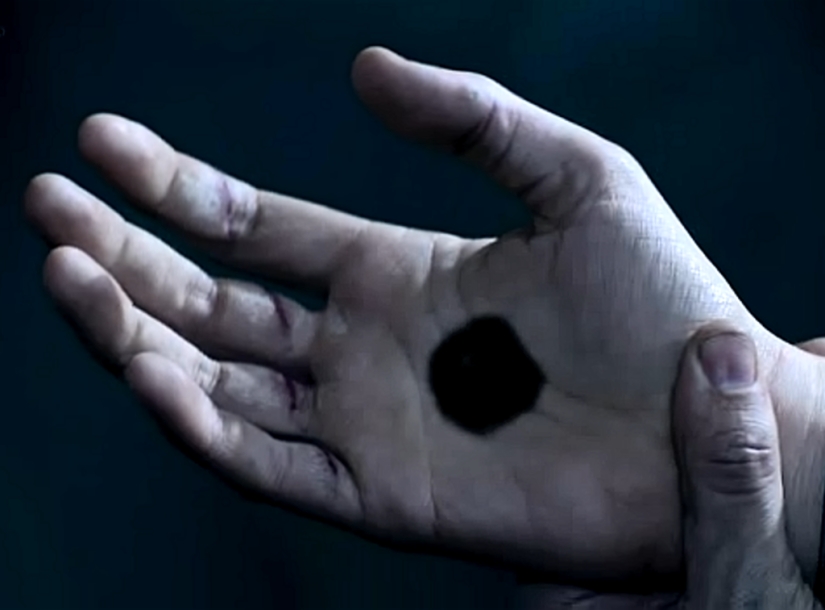
Summing up, we can say that the "black mark" is a figment of Stevenson's imagination, undoubtedly successful. And as for the real pirates, historical facts deny their tendency to pathos senseless rituals. A robber who had sinned against the brotherhood was punished without marks. There were a lot of bloody and quite "humane" ways to do this, for example, maroning.
Recent articles

Leonardo da Vinci was accused of being fond of orgies. William the Conqueror, despite all his successes, was called a "Bastard" ...

Modesty? Decency? A sense of tact? No, you haven't heard! Just look at what the people from the selection below are doing! No ...

American documentary photographer Bruce Davidson came to the UK in 1960 for a couple of months on the assignment of Queen magazine. ...